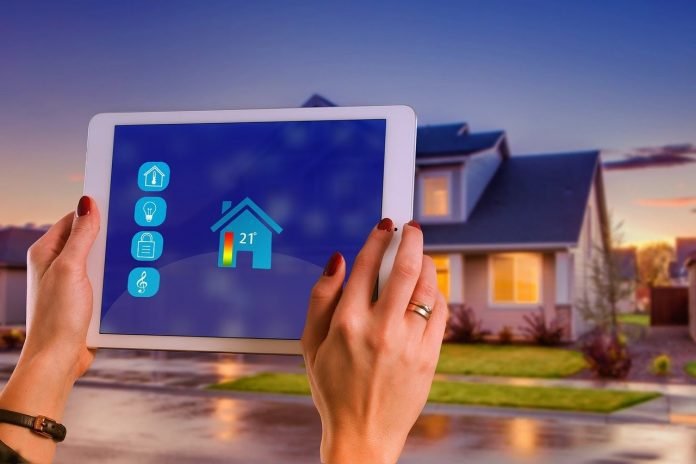Last Updated on September 9, 2023 by
Saving the planet isn’t something we can do in a single day. It’s going to take time and smart solutions to make any meaningful changes. There’s no better place to start than our own homes. After all, household consumption is a great contributor to greenhouse gas emissions.
One smart solution that many people are aware of is smart home automation, which reduces carbon footprint by saving energy and water when household appliances turn off automatically when they’re not needed.
Table of Contents
Before anything else, what is carbon footprint?
Carbon footprint is defined as the measure of carbon dioxide emissions caused by one’s activities. While nowadays, there are many ways to reduce your carbon footprint, it can be hard for us to do so without knowing how much our everyday habits contribute to the problem.
The good news is that smart devices make things easier in keeping track of how we use electricity and water at home. There’s, in fact, a wide array of solutions available in the market that will help us reduce our household’s carbon footprint.
Essential Smart Devices
Smart plugs or lighting systems can help monitor your energy usage with real-time feedback on mobile devices. They’ll turn off when no one’s in the room or when your electronic devices aren’t being used.
Smart thermostats monitor the temperature in your home and adjust it based on the time of day, location and weather conditions. For example, your thermostat can turn down when you leave for work to save energy or turn up before you arrive to make sure that your place is warm enough by the time you get there.
Another smart device that can help reduce carbon footprint is the water leak sensor. These detectors are made especially for taking care of leaks under sinks or toilets where they usually go unnoticed.
Once a leak has been detected, they send an alert via mobile app, so you know right away if there’s a problem without being physically present all the time. This allows you to take immediate action rather than waiting until actual damage happens inside the house due to excessive moisture caused by undetected leaks.
There are even units that give users insights on their daily water consumption patterns along with reports showing where most leaks occur in the house (which could save up gallons). So when you’re not aware if something has turned off, you can get alerts from your smart device.
Smart grids and metres can also help with water and electricity savings. Smart metres allow for better monitoring and more efficient distribution of power, so you can reduce your monthly bill by using less energy when it is in peak demand.
Other smart devices that can help reduce carbon footprint are connected appliances like washers, dryers and dishwashers, which all use less water than the traditional ones.
Conclusion
Many people are still skeptical about using smart household gadgets because they don’t understand the importance of reducing our carbon footprint. As opposed to traditional household appliances like microwaves and washer/dryers, which all emit harmful pollutants, it only makes sense for us to make way for smarter alternatives when available.
As the years unfold, more households are expected to switch over to using smart solutions as part of becoming greener homes. That’s especially because there are ways on how we can implement them without having any major problems along the way. If you have questions about smart home automation, please feel free to contact us.



























